It’s no secret that for the last few years Marvel has been pushing the Inhumans property to the forefront both in comics and in other media. Despite some bumps in the road–most notably the departure of writer Matt Fraction that delayed the Inhuman ongoing series back in 2014 – everyone involved has done an admirable job breathing new life into an admittedly esoteric corner of the Marvel Universe.
Nevertheless, the Inhumans haven’t been the runaway success that Marvel may have originally envisioned. Sure there have been some unexpected bright spots such as new characters Kamala Khan/Ms. Marvel and Lunella Lafayette/Moon Girl, but the Inhumans line as a whole hasn’t really resonated with readers. Simply looking at the month-to-month sales for the main Inhumans title gives a clear picture of the erratic nature. While these figures provided by ICv2.com are only sales estimates to comic shops in the United States, combined with general observations of reader attitudes toward the Inhumans since 2014, a declining trend can be witnessed.

Yes, there are some fundamental differences, but when you get down to it, Terrigenesis (the process by which Inhumans gain their powers) can be seen as basically mutation with an extra step. Additionally, the universal social metaphor of Marvel mutants as any oppressed minority has been an integral aspect of the characters since their inception. Both in comics and in other media like the Agents of S.H.I.E.L.D. television show, this social metaphor has been applied to the Inhumans. Comic characters with similar aesthetics and gimmicks abound–Hawkeye/Green Arrow, Moon Knight/Batman, Quicksilver/Flash, and so on. But there’s no mistaking them because they each have unique intangible characteristics. The Inhumans need to distinguish themselves as more than “the poor man’s X-Men.”
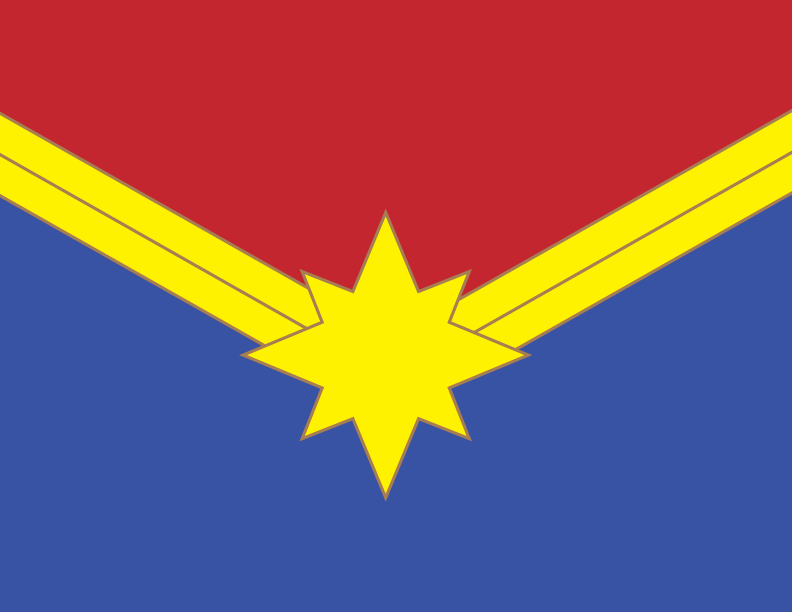
Adding the mutant X-Men character Beast to the Inhumans team roster further added to potential reader confusion. Anyone with a casual familiarity with Marvel probably already knows who Beast is from the movies and cartoons. But if Beast is suddenly part of a group called the Inhumans instead of the X-Men, one is now forced to do some background research. Granted, it’s not that hard to do a Google search in this modern age, but compelling readers to put in more effort than they normally would, no matter how insignificant, is a surefire way to turn them away.
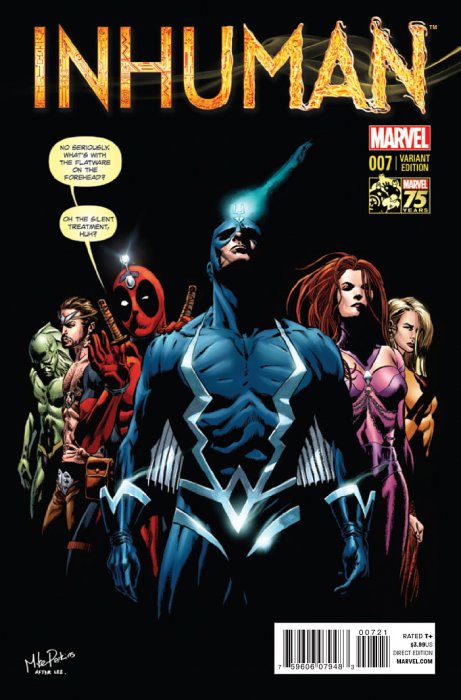
This leads me to another factor that plagues many businesses and likely hindered readership for the Inhumans – failure to understand the consumers. While there was clearly some buildup with the Inhumans in various Marvel titles in the years leading up to 2014, like Jonathan Hickman’s Fantastic Four and Avengers runs, all of a sudden in late 2013/early 2014 the Inhumans launch seemed akin to being hit by a tidal wave. Sure, regular Marvel fans could follow along, but for new readers it was asking them to dive into the deep end before learning how to swim. Again, the possible brand confusion with the X-Men and lack of familiarity with the Inhumans were and still remain enormous barriers. Disney encountered nearly the identical issue when it opened Hong Kong Disneyland a decade ago. It assumed that the Disney name and characters had enough worldwide appeal that the park would do well in the Mainland Chinese market. However, even after introducing a short program at the park entrance to educate about the Disney characters, Hong Kong Disneyland still failed to connect with Chinese visitors. Relying too much on a brand name can be extremely detrimental and is important for Marvel’s Inhumans plans especially as it moves forward with its Inhumans television series.
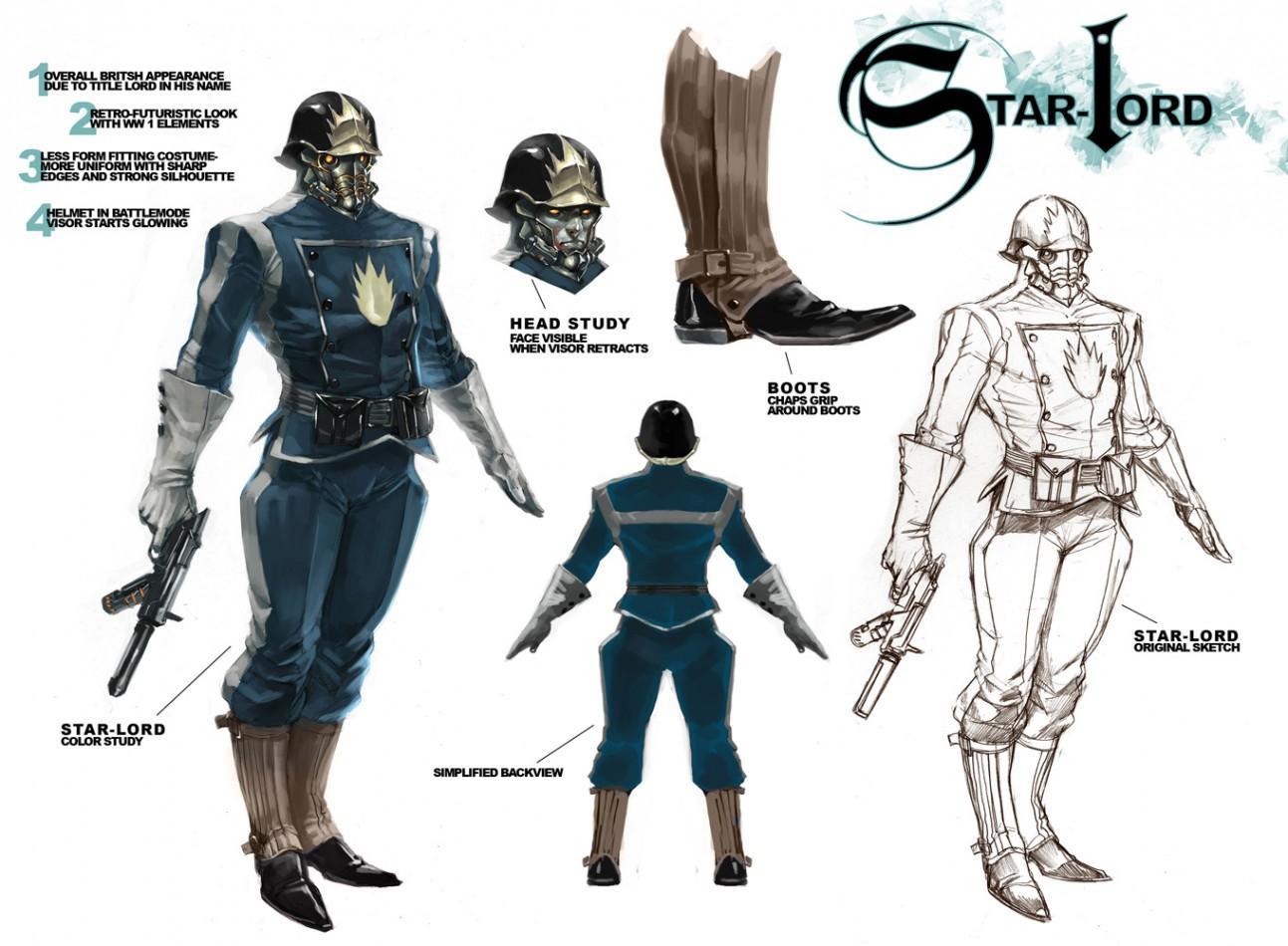
One of the biggest flaws with this Inhumans initiative was the lack of any kind of unifying logo or symbol. Every business knows the power of branding be it the McDonald’s Golden Aches, Twitter’s bird, or countless other examples. They’re heuristics that create instant recognition and foster shared communities. Superheroes are no stranger to branding and have fully embraced it as evident by the plethora of different superhero symbols you can find plastered on merchandise. In his book Pop Magic! comics writer Grant Morrison explained the societal and magical implications of corporate logos which he would explore again in his Batman Inc. book. As he writes:
“Corporate sigils are super-breeders. They attack unbranded imaginative space. They invade Red Square, they infest the cranky streets of Tibet, they etch themselves into hair-styles. They breed across clothing, turning people into advertising hoardings. They are a very powerful development in the history of sigil magic, which dates back to the first bison drawn on the first cave wall.
The logo or brand, like any sigil, is a condensation, a compressed, symbolic summing up of the world of desire which the corporation intends to represent. The logo is the only visible sign of the corporate intelligence seething behind it.”
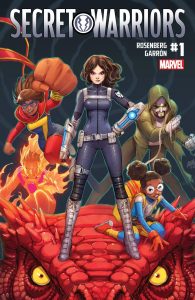
This critique isn’t meant to write off the Inhumans completely, only to note what wasn’t working and offer insights. With the announcement of the primary cast for the Inhumans television series and a September release set, the next few months are critical for the Inhumans comics.


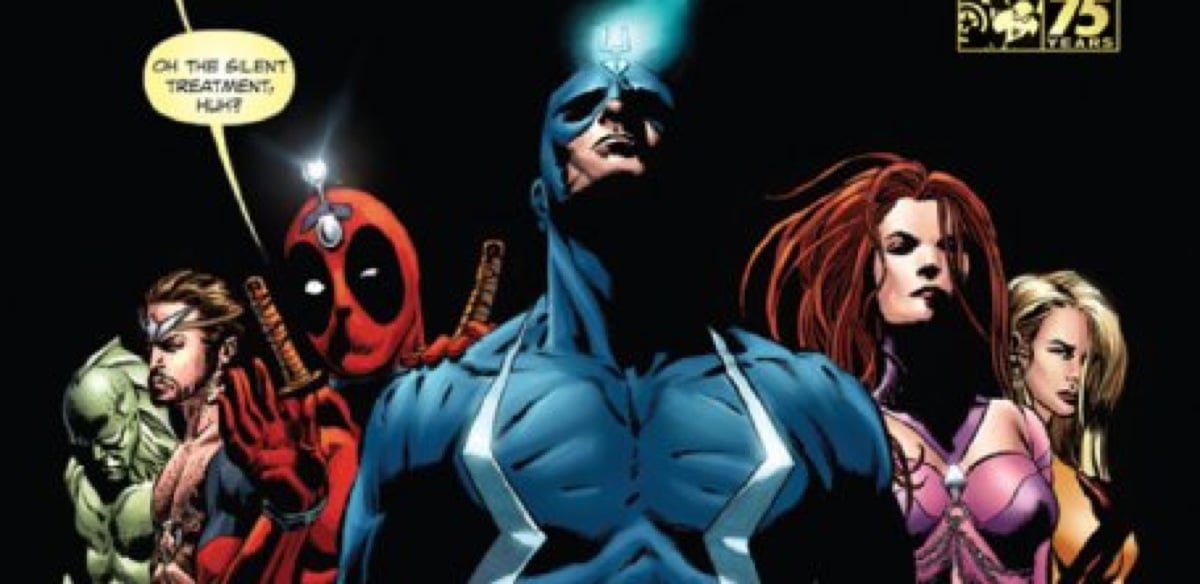




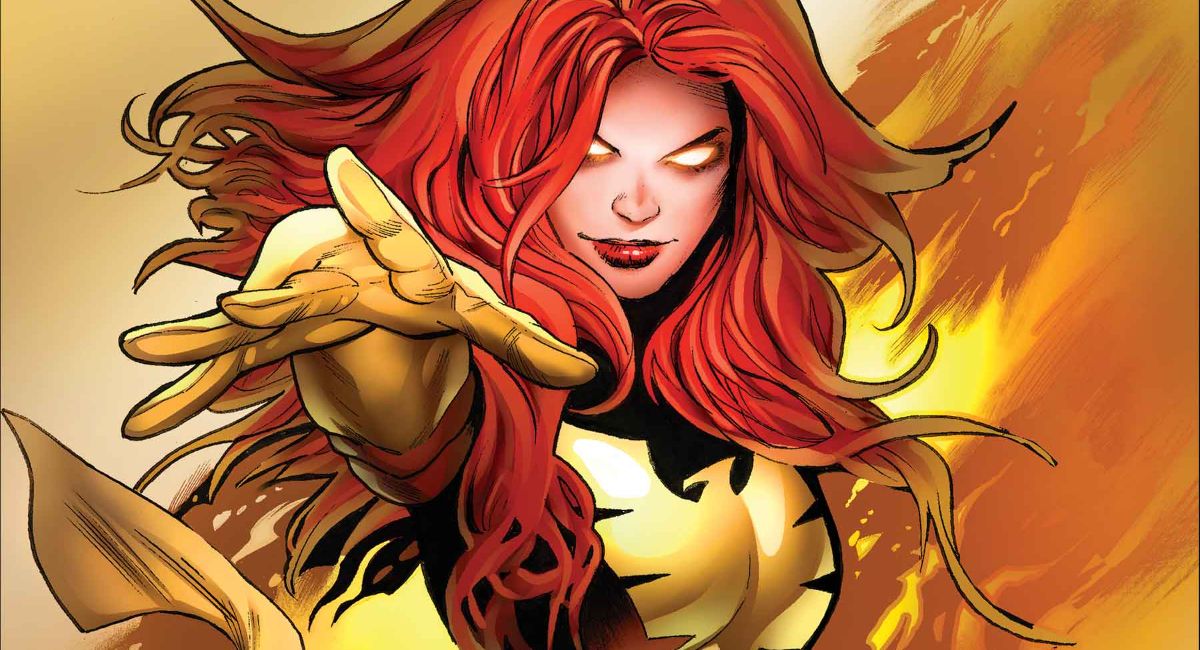
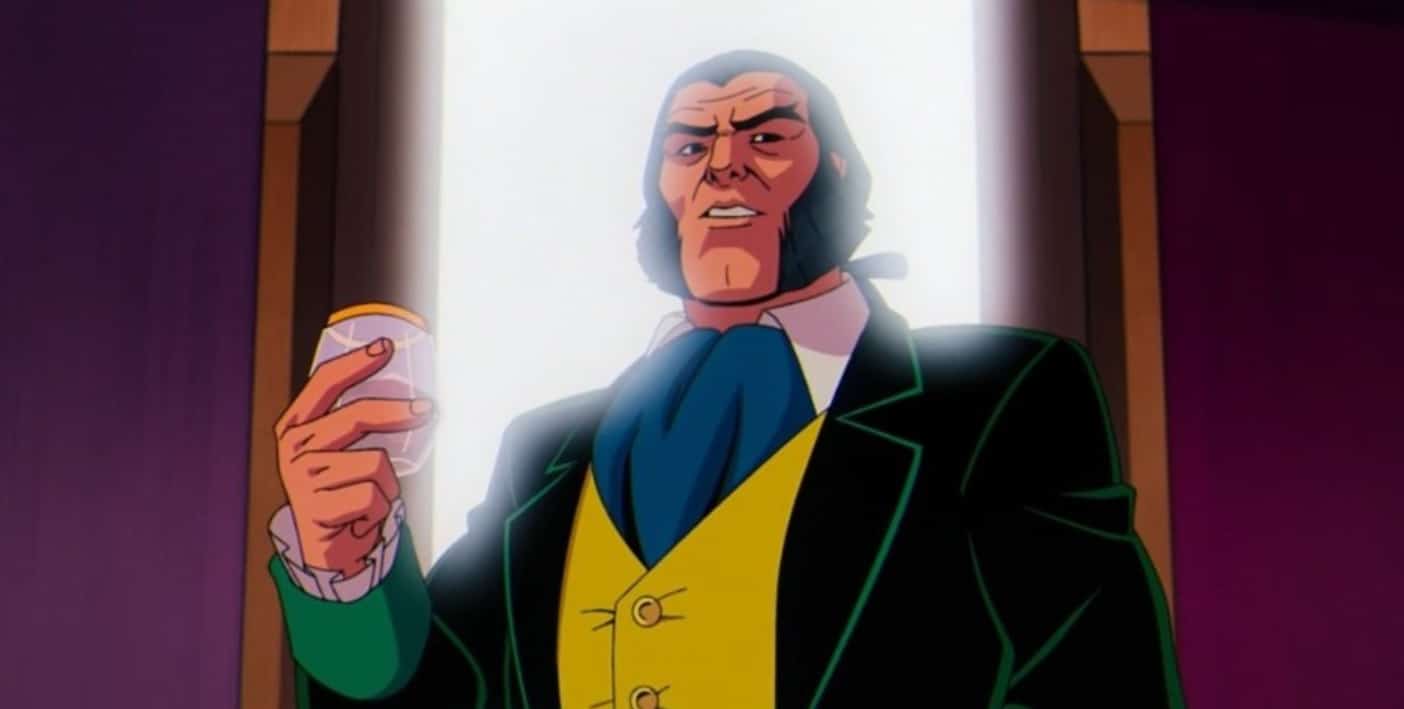


Another reminder that you can’t brute force success. See also, Fraction’s Defenders.
Here’s one major difference between the X-Men and the Inhumans:
Theocracy.
The Terrigen Crystals are the Inhumans’ Al-Ḥajaru al-Aswad, their version of the Black Stone of the Kaaba in Mecca. It is the foundation of their society,
Attilan is similar to Israel. It is a very homogeneous society, even though everyone is different. The cornerstone which unites everyone is genetics, and the ritual of Terrigenesis. One’s place is defined by one’s abilities following the ritual.
“Silent War” didn’t touch on any of these themes when the U.S. government was in possession of the Terrigen crystals. Nor did the Marvel Universe react when the U.S. government nuked Attilan via genetically-engineered soldiers.
Marvel also lost out on an interesting storyline during Civil War. What would have happened if Attilan, a very tight-knit community similar to Japan, had suddenly offered sanctuary to superhumans fleeing government registration?
What diplomatic crises would have resulted? What pressures would that have placed upon the Inhumans’ society, with an influx of refugees?
We’ll see what effect New Attilan has on the current Marvel universe.
Could we see a transition towards an Earth-616 (if it is still that, after Secret Wars) where Inhumans and Nuhumans become the New Normal?
Is Marvel clever enough to use the diversity and social upheaval of Nuhumans to comment and critique upon Real Life?
Will Marvel use the Nuhumans to appeal to teens who feel confused and alienated by society, just like the 1980s X-Men were?
I guess the tv show will offer some clues. I suspect it will deal more with palace intrigue (like much of the Inhumans run), and less on “strangers in a strange land”. SHIELD might concentrate more on the Nuhumans in society, which would make them similar to Muslims in the Real World.
There is also the fact that for 50 years The Royal family was the only aspect of the Inhumans that was focused on, but suddenly Marvel expects their readers to care for this whole slate of characters and titles.. It would be like if the New Mutants, X-Factor, and Excalibur came out at the same time as Giant-sized X-Men #1.
It doesn’t really have to do with “logos” or “sigils,” the Inhumans are lame and the average joe reader doesn’t care about them.
Simple as that.
The best super-heroes have memorable villains. The Inhumans have been around for decades and I’d gamble most Marvel fans (including me) could not name a single Inhumans villain.
Steve
Even in the ’60s and ’70s, The Inhumans were a dull bunch of characters. Remembering my reactions when I was a child, I thought Triton was cool when he fought the Sub-Mariner, and Black Bolt had a good design but little else going for him. The rest were unremarkable. I picked up some recent issues but couldn’t get into it. It’s hard enough to care about the original characters, without adding loads more to the line-up.
Outside of Ms. Marvel, I could care less about the new surge of Inhumans in the Marvel universe.
Kamala has an engaging story, appropriate artwork, and is an all around fun read. I’ve tried to get into the rest of the new Inhuman books. there… fine. Fine, but not seat of the pants engaging.
And yes, Marvel is trying to force the Inhumans into popularity. And whether or no they are trying to “replace” the x-men, it sure does look that way from the fan side of the industry. Between this and the dissolution of the Fantastic Four, there is real perception that they’re trying to diminish those properties they don’t control cinematically.
rick:
I really wish G. Willow Wilson would be raplaced with a “pro-Muslim feminism” writer.
Honor rape, arranged/forced marriage, genital mutilation, lack of rights for women in the Middle East, are all big elephants in the room and Wilson refuses to have Kamala address any of them.
The Inhuman royal family is kind of boring, one of the main characters never talks, the royal affairs are always overly-serious, most of the royal family have no personality, Medusa is or did screw around with Johnny Storm (!), the newer characters that have been introduced in the last couple of years are mostly forgettable and will be forgotten in years to come.
Similar to manufacturing collectability, it’s also not really possible to manufacture importance or desirability of a particular comic franchise. There has to be something compelling about the property as well and the Inhumans are best in short bursts or as supporting characters.
The Royals series looks interesting to me because of the writer Ewing, but I’m skipping it because the art looks TERRIBLE. An artistic tone that in no way matches the regal nature of the characters or the subject matter.
Greg:
The Ms. Marvel comic isn’t about the middle east. It has had like one issue take place in the middle east.
I think you made a very compeling case on the the brand power issue and market confusion.
However, I think here is another issue with the Inhumans. They have a terrible premise: You inhale some gas, discover you have some sort of superpower, then you go leave your family and friends to go live in a floating city under the rule of a king and queen who your expected to die for.
Who would want to do that?
I can see people wanting to be like Spider-man or Captain America or Ms.Marvel, ordinary people who become heroes. I can see x-men idea aswell, you choose to live and study at a fancy school which your under no obligation to stay or fight for. But the inhumans is like joining a cult or choosing to move a dictatorship.
Also when marvel reeks of desperation their books fail. When marvel say “this is the next big thing” or “This reflects their central role in marvel universe” you know they are trying to force something on you. I have a marketing promo magazine from 2005 with marvel using these lines to promote Ms Marvel/Captain Marvel as the next big thing. Here we are in 2017 and she’s as fetch as she was in 2005.
A primary issue with the Inhumans is that their premise is odd and not easily branded. I guess making them seem like mutants and thus stand-ins for the “Other” attempts to address this. However, most successful comic characters have some relationship to the audience’s experience in a simple way: Superman is an immigrant orphan who wants to do good, Spider-man is an Everyman thrust into extraordinary circumstances, etc.
The Inhumans are a weird class-based group stemming from experiments from another planet, and newer ones were once human but are transformed in a mist….
It’s an odd, complicated background story with no metaphorical resonance to the experience of readers. Marvel’s best bet would be to pare down the cast to essential Inhumans and to humanize them or to give the most notable ones solo series so we can get to know them as people. I would check out a Medusa series, but she would have to be more than the remote, formally spoken queen character that you mostly see. Because the most famous Inhumans are royals, most of them have that same formal demeanor that is hard to warm up to.
I actually am a fan of the Inhumans, but what Marvel has been pushing under the name has little to nothing to do with them. The Royales series is the only thing that resembles the concept, so i will check that out. But the other series I have no interest in ( I don’t consider Ms. Marvel or Moon Girl Inhumans series ; I didn’t even realize they were Inhumans.)
Were Ms. Marvel and Moon-Girl specifically created to be Inhumans? Or were they created first, then tagged as Inhuman later on so they could be “in” or “cool”. See, Kamala is interesting as Ms. Marvel, but no one really cares if she’s an Inhuman. Marvel thought that Inhumans would be “cool” but they’re just meh.
Also, Medusa is a condescending bitch and will never be accepted as an outright superhero; how I loved that scene when the Vision trounced her in The Vision miniseries.
I really like the classic Kirby Inhumans. Marvel’s big push constantly being for some z-list characters with improbably bad names like Lash and ISO and Lineage and Nur (There’s a guy named NUR!) was the opposite of exciting, and I wouldn’t be at all surprised if that’s where their creative differences with Fraction happened. Who cares? Certainly not me. The fact that it’s taken this long for them to make a book specifically about the Royals is baffling. All these years pushing the Inhumans and I’ve not cared a bit. You put Al Ewing and Christopher Priest on books about the Royals, and suddenly I’m buying the books. It’s that simple.
And those cool new Inhumans you mentioned, like Ms. Marvel and Moon Girl, are good in spite of that connection rather than because of it. When Kamala first got pulled into the Inhumans’ world, her book dragged to a halt. She’s much better without them.
Comments are closed.